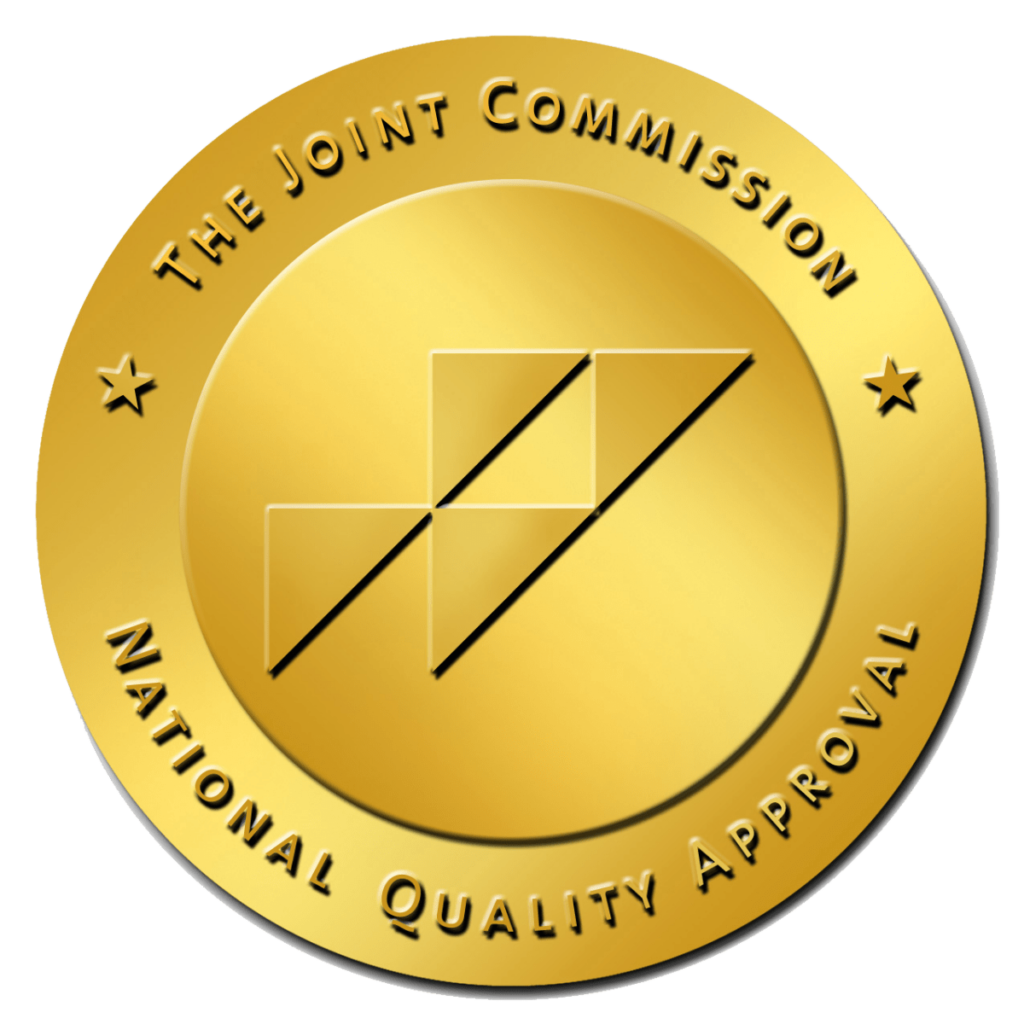Choose Facility
A guide to crisis intervention and how it can help you
Have you heard the term “crisis intervention” but aren’t quite sure what it means or how it works Whether you’re looking out for yourself, a loved one, or just want to be informed, this guide will help you understand the immediate steps professionals take to stabilize someone in a mental health crisis. So, let’s dive in and demystify crisis intervention together.
What is crisis intervention?
Imagine you’re driving and suddenly get a flat tire. You wouldn’t just keep driving, right? You’d pull over and either fix the tire or call for help. Think of crisis intervention as the mental health equivalent of that emergency pit stop. It’s a short-term strategy designed to handle immediate mental health crises. The goal is to stabilize the situation, much like you’d stabilize a wobbly table to prevent it from collapsing.
In more technical terms, crisis intervention is a focused effort that lasts for a relatively short period, often a single session or a few meetings, aimed at helping you through a sudden emotional or mental upheaval. The idea is to give you the tools to manage the crisis effectively, ensuring your immediate safety, and then guide you toward longer-term solutions.
How does crisis intervention work?
When you’re in the midst of a mental health crisis, it can feel like you’re lost in a maze with no way out. That’s where crisis intervention comes in, offering a structured pathway to guide you back to safety. This model provides a roadmap to help you work through the immediate crisis and lay the groundwork for future treatment. Let’s break down each step in simple terms to understand how it can help you.
1. Define the problem
The first step is all about understanding what’s going on. The crisis responder will use active listening and empathy to help you articulate your feelings and identify the root cause of your crisis. This step is crucial because it sets the stage for the entire intervention process, allowing you to put your crisis into words and making it easier to tackle.
2. Ensure client safety
Before diving deeper into the emotional aspects, the responder ensures that you’re physically safe. This could mean making sure you’re in a secure location or that you’re not at immediate risk of harm, either from yourself or others. Safety is the foundation upon which the rest of the intervention is built.
3. Provide support
Once you’re physically safe, the focus shifts to emotional and psychological support. The responder will discuss your immediate needs and feelings, offering validation and comfort. This emotional grounding can help you think more clearly about your situation and the steps you can take to improve it.
4. Examine alternatives
At this stage, you’ll start to look at potential solutions and coping strategies. The responder will encourage you to think about the people in your life who can offer support, coping mechanisms you’ve used successfully in the past, and new perspectives that might help you see your situation differently.
5. Make plans
Now it’s time to get practical. You and the responder will develop a specific action plan, focusing on realistic and achievable steps you can take to start resolving the crisis. This could be anything from calling a friend or family member to setting up a therapy appointment.
6. Obtain commitment
The final step involves making a commitment to follow through on the action plan. This often includes putting the plan in writing, giving you a tangible reminder of what you need to do next. This commitment is a crucial part of ensuring that the crisis intervention has a lasting impact, helping to prevent future crises.
Risks and Limitations of Crisis Intervention
While crisis intervention serves as a crucial immediate support system, it’s essential to understand its limitations. Knowing what crisis intervention can and can’t do will help you make informed decisions about your mental health care. Let’s explore some of these limitations.
Not a Substitute for Ongoing Therapy
First and foremost, crisis intervention is not a long-term solution or a substitute for ongoing therapy. Think of it as a first-aid kit for your mental health—a vital resource in an emergency but not a cure for underlying issues. Ongoing therapy offers a space for deeper exploration of your emotional and psychological challenges, providing long-term strategies that crisis intervention simply can’t offer.
Varying Quality of Responders
The quality of crisis intervention can vary significantly depending on who is on the other end of the line or the session. While many responders are trained professionals, some might be volunteers with varying levels of expertise. This discrepancy can sometimes lead to less-than-ideal management of your immediate crisis. Always remember to seek follow-up care with qualified mental health professionals for a comprehensive treatment plan.
Challenges of Remaining Anonymous
Many crisis hotlines offer the option to remain anonymous, which can be both a blessing and a curse. While anonymity can make it easier for you to open up about your problems, it also limits the responder’s ability to provide complete assistance. For instance, they can’t connect you with local emergency services or other resources that might require personal information.
Part of a Broader Mental Health Support System
Crisis intervention is a valuable tool in your mental health toolkit, but it’s just that—a tool. For comprehensive mental health care, you’ll likely need a combination of services, including ongoing therapy, medication, and perhaps even lifestyle changes. Crisis intervention can act as a bridge to these services, but it shouldn’t be the only form of support you rely on.
The Impact of Crisis Intervention
A well-timed crisis intervention can act as a safety net, catching you before you fall into a situation that requires more drastic measures like hospital admission. By stabilizing your immediate condition, crisis intervention allows you to remain in a familiar environment, which can be less disruptive and more comforting than a hospital setting.
- Immediate Access to Resources: In a crisis, time is of the essence. You don’t have the luxury to wait for an appointment next week; you need help now. Whether it’s through a hotline or an emergency therapy session, you get real-time guidance and support. This immediate help can include everything from emotional support and practical advice to connections with other healthcare providers for ongoing treatment.
- Connecting to Long-Term Care: While crisis intervention is a short-term solution, it often serves as a gateway to longer-term mental health care. Crisis intervention professionals can guide you toward more sustained forms of treatment, whether it’s medication, therapy, or a combination of both. This ensures that you’re not just putting a band-aid on a wound but actually treating the underlying condition.
- Emotional and Psychological Benefits: Knowing that immediate help is available can alleviate the intense stress and anxiety associated with a crisis. This emotional stabilization is crucial, as it not only helps you through the immediate situation but also puts you in a better mental state for tackling long-term solutions.
When crisis happens, getting help is vital
Remember, while crisis hotlines and immediate interventions are invaluable, they’re not a substitute for ongoing mental health care. If you or someone you know is facing frequent crises or struggling with long-term mental health challenges, it may be time to seek professional help.
That’s where Sierra Meadows Behavioral Health clinic comes in. Our team of trained professionals is equipped to provide you with the tools you need for long-term mental well-being. Don’t wait for a crisis to take control of your life. Reach out to us today to discuss how we can support you in your journey toward mental health stability and peace of mind.
Certified by the State Department of Health Care Services. Certification Number: 100011AP. Expiration Date: 12/31/2025. Certification Number: 100011BP. Expiration Date: 06/30/2024.
https://data.chhs.ca.gov/dataset/sud-recovery-treatment-facilities
All Rights Reserved © 2024 by Sierra Meadows Behavioral Health | Sitemap | Privacy Policy |HIPAA Statement | Billing Policy

